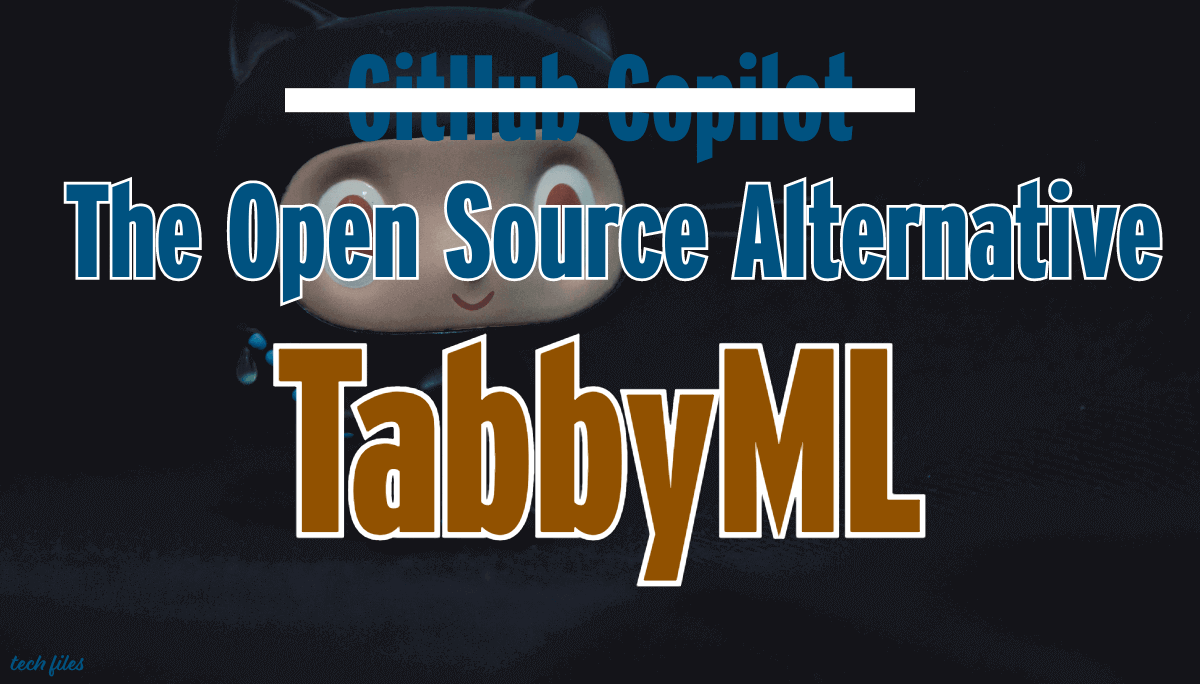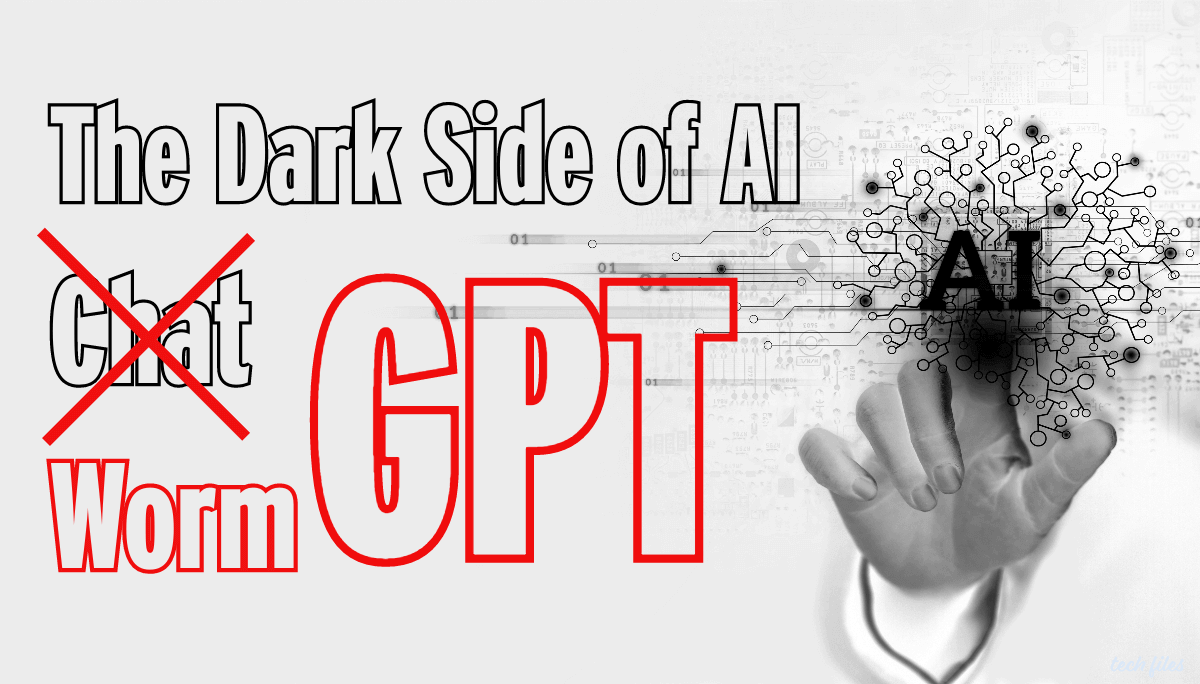OpenAI's Preparedness Team: Safeguarding Against Catastrophic AI Risks

OpenAI, the renowned artificial intelligence research organization, is taking proactive measures to tackle the potential risks associated with AI. In a recent update, OpenAI announced the formation of a new team called Preparedness. Led by Aleksander Madry, Director of MIT’s Center for Deployable Machine Learning, this team aims to track, evaluate, forecast, and protect against the catastrophic risks that could arise from advanced AI systems. OpenAI recognizes that while frontier AI models have the potential to benefit humanity, they also pose increasingly severe risks. This article delves into OpenAI’s preparedness initiatives and their focus on mitigating various threats, including nuclear, chemical, biological, radiological, cybersecurity, and autonomous replication risks.
Understanding the Need for Preparedness
OpenAI acknowledges the immense potential of frontier AI models, which surpass the capabilities of existing models. However, the organization is acutely aware of the need to address the risks associated with these advanced systems. The Preparedness team’s primary objective is to anticipate and safeguard against catastrophic events that could arise from AI, ranging from AI models deceiving humans to the development of malicious code-generating capabilities.
Tracking and Forecasting AI Risks
The Preparedness team will play a crucial role in tracking and evaluating potential risks posed by AI. By closely monitoring AI advancements and analyzing their implications, the team aims to stay at the forefront of understanding emerging risks. This proactive approach allows OpenAI to develop strategies to mitigate and minimize the impact of these risks on society.
Nuclear Threats and AI
One of the top concerns addressed by the Preparedness team is the intersection of AI and nuclear threats. OpenAI recognizes the potential for AI to play a role in nuclear warfare and seeks to develop measures to protect against such risks. By actively engaging with experts and policymakers, OpenAI aims to contribute to global efforts in mitigating the risks associated with AI and nuclear weapons.
Safeguarding Against Chemical, Biological, and Radiological Threats
Beyond nuclear threats, the Preparedness team is also focused on addressing risks related to chemical, biological, and radiological threats. By analyzing the potential intersection of AI with these domains, OpenAI aims to develop strategies to protect against the malicious use of AI systems in these areas. The team will collaborate with experts in relevant fields to gain insights and formulate effective countermeasures.
Autonomous Replication: A Potential Risk
Autonomous replication refers to the ability of an AI system to replicate itself. This capability raises concerns about the uncontrolled proliferation of AI and the potential consequences it might have. OpenAI’s Preparedness team recognizes this risk and aims to develop strategies to mitigate the unintended consequences of AI replication. By studying the underlying mechanisms and potential implications, the team will work towards establishing safeguards to prevent uncontrolled replication.
Addressing AI’s Ability to Deceive Humans
AI’s ability to deceive humans is another critical risk that OpenAI’s Preparedness team is determined to tackle. The team will evaluate and monitor AI models to understand their persuasive abilities and the potential for deception. By gaining insights into these capabilities, OpenAI aims to develop robust defenses against AI systems that may attempt to exploit or manipulate humans.
Enhancing Cybersecurity Measures
In an increasingly interconnected world, cybersecurity threats pose significant risks. OpenAI’s Preparedness team recognizes the need to address the potential vulnerabilities that arise from advanced AI systems. By collaborating with cybersecurity experts, the team will develop strategies to enhance cybersecurity measures and protect against AI-driven cyber threats. This proactive approach will contribute to the overall safety and security of AI systems.
Risk-Informed Development Policy
OpenAI is committed to maintaining a risk-informed development policy. This policy outlines the organization’s approach to evaluating and monitoring AI models. By adhering to this policy, OpenAI ensures that potential risks are identified and addressed throughout the model development process. The Preparedness team will play a vital role in formulating and maintaining this policy, contributing to the responsible and safe development of AI systems.
Collaborative Approach and Community Involvement
OpenAI recognizes the importance of collaboration and community involvement in addressing AI risks. To foster innovation and gather diverse perspectives, OpenAI is soliciting ideas for risk studies from the community. The organization is offering a $25,000 prize and job opportunities within the Preparedness team for the top ten submissions. By involving the wider community, OpenAI aims to tap into a collective intelligence to tackle the challenges associated with AI risks effectively.
Challenges and Roadblocks
Data Privacy
One of the major challenges in studying catastrophic AI risks is the handling of sensitive data. Ensuring data privacy while conducting in-depth research will be a delicate balancing act.
Ethical Dilemmas
The initiative may also face ethical dilemmas, such as the potential for dual-use of research findings. For instance, research aimed at preventing AI-induced nuclear threats could also provide insights into creating such threats.
Resource Constraints
Given the magnitude of the risks involved, the research could require significant resources, including computational power and human expertise. Balancing these resource needs with ethical considerations will be a challenge.
The Road Ahead
The journey towards ensuring AI safety is long and fraught with challenges. However, OpenAI’s initiative marks a significant milestone in this journey. It lays the groundwork for a future where AI can be developed and deployed with a high degree of confidence in its safety and ethical considerations.
By taking a proactive, transparent, and collaborative approach, OpenAI is not just setting an example but is actively contributing to building a safer future for all. It’s a testament to the organization’s commitment to ensuring that AI serves as a force for good, rather than a catalyst for catastrophe.
Conclusion
OpenAI’s formation of the Preparedness team demonstrates its commitment to proactively addressing the potential catastrophic risks associated with AI. Led by Aleksander Madry, this team will track, evaluate, forecast, and protect against various risks, including nuclear threats, chemical, biological, and radiological risks, cybersecurity threats, autonomous replication, and AI’s ability to deceive humans. OpenAI’s risk-informed development policy and collaboration with the community further emphasize its dedication to responsible AI development. By taking these measures, OpenAI aims to ensure that advanced AI systems benefit humanity while minimizing the potential risks they pose.













Sharing is caring!